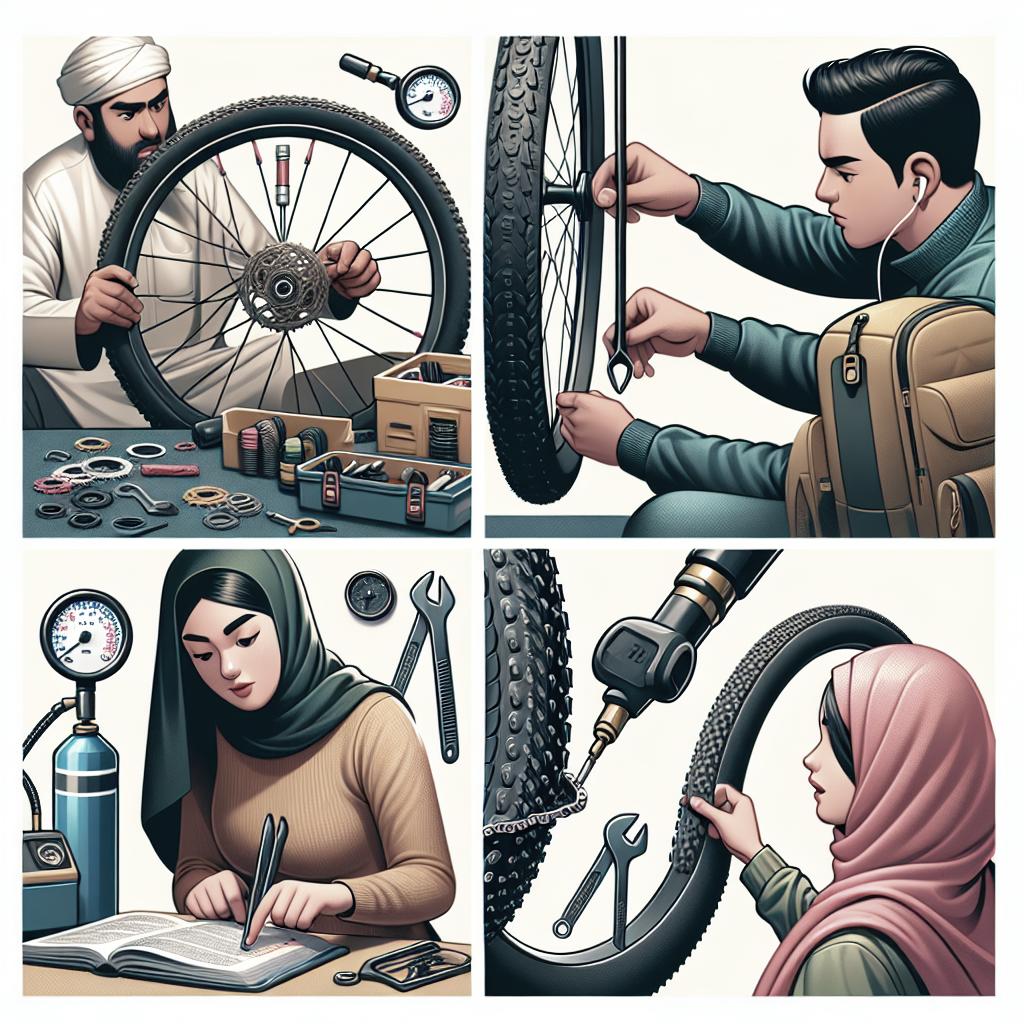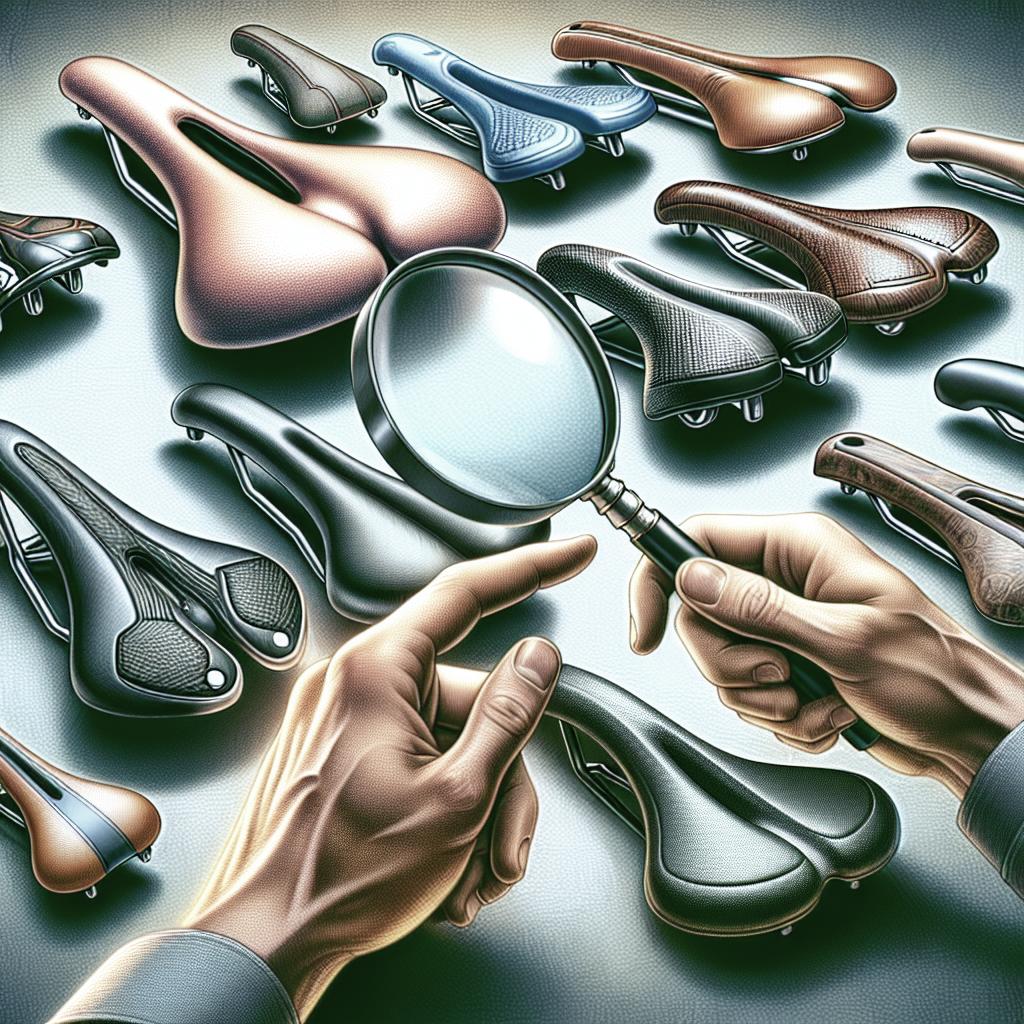“`html
Common Bike Repair Mistakes: Tips for Avoiding Common Pitfalls
Maintaining your bicycle can be a deeply satisfying endeavor, offering a mix of relaxation and mechanical intrigue. However, as exhilarating as DIY bike repairs can be, there are several common mistakes that even seasoned enthusiasts make. Understanding these missteps can save you time, money, and frustration. This article delves into several typical errors such as reversing tire rotation, over-tightening bolts, and using incorrect lubricants, among others. We’ll guide you through these pitfalls, providing insights on how to avoid them, ensuring your ride is as smooth and reliable as possible. Enjoy our detailed exploration and learn how to refine your bicycle maintenance with ease.
Reversing Tire Rotation on Installation
One of the most frequent mistakes made during bike repair is reversing tire rotation when installing tires. Tires are designed to rotate in a specific direction to optimize traction and speed. When tires are improperly installed, it can lead to uneven wear and potentially reduce the lifespan of the tires. Moreover, the design of the tire tread is typically streamlined for optimal performance, and reversing this alignment can diminish its effectiveness.
To avoid this mistake, it’s essential to look for the directional arrow imprinted on the tire sidewall before installation. These arrows indicate the proper rotation direction. By following these, not only do you enhance your bike’s performance, but you also ensure a safer riding experience.
Over-tightening Bolt
Another prevalent mistake during bike maintenance is the over-tightening of bolts. It is common to think that a tight bolt ensures stability and safety. However, over-tightening can cause significant damage, especially to carbon parts, which are more susceptible to cracking under excessive pressure. It can lead to costly repairs and even jeopardize rider safety.
To prevent over-tightening, investing in a torque wrench is wise. A torque wrench provides precise measurements, allowing the user to apply the correct amount of force as recommended by the manufacturer. Being aware of the proper torque specifications for each component is crucial for maintaining both safety and bike integrity.
Losing Cable During Internal Routing
Internal cable routing neatens a bike’s appearance but also brings the risk of losing cables during repair or reinstallation. Cables can become dislodged or lost within the frame, leading to frustration and difficulty in achieving smooth gear shifts or proper braking.
Utilizing a magnet or a cable guide tool can assist in effective cable management. By planning the routing strategy beforehand and checking for proper cable attachment periodically, one can avoid the pitfalls associated with internal cable routing. Proper documentation of the cable’s original path also serves as a reliable guide during reinstallations.
Sealant Burst on Tubeless Tires
While tubeless tires offer numerous advantages in terms of performance and puncture resistance, dealing with sealant bursts can be quite messy. Incorrectly seated tires or an imbalance in tire pressure can lead to sealant leakage, rendering the tire ineffective and creating a sticky mess.
To avoid this, ensure the tire bead is properly seated on the rim and inflated to the appropriate pressure. Periodically checking the sealant level and topping it up as needed can prevent it from drying out, thus maintaining the tire’s functional integrity. Attending to these small details can keep your tubeless tires performing optimally without an unnecessary sealant surprise.
Using Wrong Lube
Choosing the right lubrication is crucial for bike maintenance. Using incorrect lube can result in inefficient bike performance, attracting dirt and grime to your chain, and increasing wear on drivetrain components. For instance, using a wet lube in dry conditions can attract excessive dust, creating a gritty mess that deteriorates components.
Understanding the conditions in which you usually ride helps in selecting the right lubricant. For wet conditions, a thicker, water-resistant lube is preferable, while in dry surroundings, a dry lube minimizes dust accumulation. Regular maintenance and application by removing old lube is vital in ensuring your bike stays at peak efficiency.
Removing Pedals
Removing pedals may seem straightforward, yet many find themselves perplexed due to the differing threads on each side. Unlike most components, pedals have a left-threaded right pedal and a right-threaded left pedal, leading to confusion during installation or removal.
Starting with the correct tools, like a quality pedal wrench, is fundamental. Remember that the right pedal tightens clockwise and the left pedal counter-clockwise. Repositioning yourself strategically to apply correct leverage makes removing and installing pedals less of a hassle, ultimately simplifying the upkeep task.
Greasing Seatpost
Failing to properly grease the seatpost is a mistake that can lead to a seized post, stuck in the frame. This often results in costly repairs or the need for replacement. Particularly in aluminum or steel frames, moisture and corrosion can lead to galvanic bonding between the frame and seatpost.
Avoid this by regularly cleaning and greasing the seatpost, using an anti-seize compound if recommended. This practice not only ensures smooth height adjustment but also prolongs the lifespan of both the frame and seatpost components. Consistent maintenance fosters a worry-free, safe cycling experience.
Future Prospects
| Mistake | Avoidance Tips |
|---|---|
| Reversing Tire Rotation | Check directional arrows on tire sidewalls before installation. |
| Over-tightening Bolts | Use a torque wrench to apply precise force as per specifications. |
| Losing Cable During Internal Routing | Plan routing strategy and utilize tools like magnets and guides. |
| Sealant Burst on Tubeless Tires | Ensure tires are properly seated and inflated to correct pressure. |
| Using Wrong Lube | Choose lubricant suitable for riding conditions; clean and reapply regularly. |
| Removing Pedals | Use correct tools and remember pedal thread directions. |
| Greasing Seatpost | Regularly clean and grease to prevent seizing. |
“`


